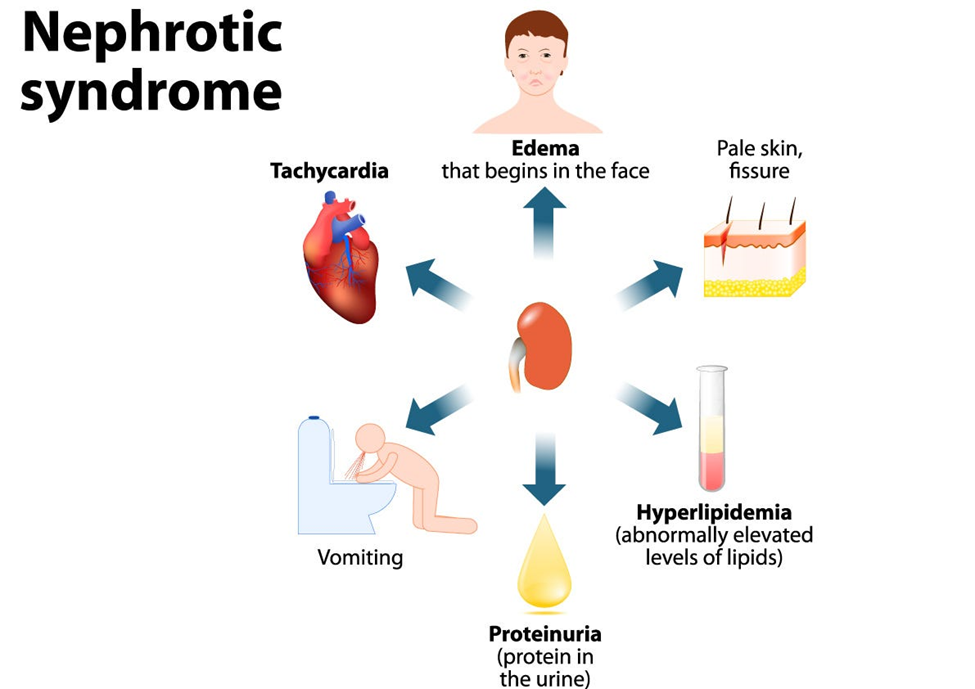The nurse is providing discharge instructions to the parents of a 2-year-old child who had an orchiopexy to correct cryptorchidism. Which statement by the parents indicate that further teaching is necessary?
"I give him medication so he'll be comfortable."
"I check his voiding to be sure there's no problem."
"I check his temperature."
“I’ll let him decide when to return to his play activities."
The Correct Answer is D
A. "I give him medication so he'll be comfortable."
- This statement indicates that the parents are providing medication to ensure the child's comfort after the procedure, which is an appropriate action. It suggests that the parents are attentive to the child's needs postoperatively.
B. "I check his voiding to be sure there's no problem."
- Checking the child's voiding is important postoperatively to ensure there are no urinary retention issues or other complications related to urination. This statement reflects appropriate postoperative care and monitoring.
C. "I check his temperature."
- Monitoring the child's temperature is also a good practice postoperatively to watch for signs of infection or other complications. This statement indicates that the parents are attentive to signs of potential postoperative issues.
D. “I’ll let him decide when to return to his play activities."
- This statement suggests that the parents plan to let the child decide when to resume play activities after the surgery. However, after a surgical procedure like orchiopexy, it's important for parents to follow specific guidelines provided by healthcare providers regarding activity restrictions and return to normal activities. Allowing the child to decide may not align with the recommended postoperative care plan.
Nursing Test Bank
Naxlex Comprehensive Predictor Exams
Related Questions
Correct Answer is C
Explanation
A. Children with Reye syndrome are admitted to the hospital:
This statement is accurate. Children with Reye syndrome often require hospital admission for monitoring and supportive care. Therefore, it does not indicate a need for further education.
B. I will have my children immunized against varicella and influenza:
This statement is also accurate. Vaccination against varicella (chickenpox) and influenza is recommended to prevent these illnesses. It does not indicate a need for further education.
C. I will give aspirin to my child to treat a headache:
This statement is concerning because giving aspirin to a child with Reye syndrome can worsen their condition. Aspirin use is contraindicated in children with viral illnesses due to the risk of Reye syndrome. Therefore, this statement indicates a need for further education.
D. I will make sure not to give my child any products containing aspirin:
This statement is accurate. Avoiding products containing aspirin is essential to prevent the risk of Reye syndrome in children. It does not indicate a need for further education.
Correct Answer is C
Explanation
A. Orange-tinged urine
- This manifestation is not typically associated with nephrotic syndrome. Orange-tinged urine may indicate other conditions such as dehydration, liver disease, or the presence of certain medications or foods.
B. Hypertension
- Hypertension is not a common manifestation of nephrotic syndrome. However, it can occur in some cases due to the retention of sodium and water, which can lead to fluid overload and increased blood pressure.
C. Periorbital edema
- This is a classic manifestation of nephrotic syndrome. Periorbital edema, or swelling around the eyes, is often one of the initial signs observed in children with nephrotic syndrome due to the loss of protein in the urine, leading to fluid accumulation in the tissues.
D. Polyuria
- Polyuria, or increased urine output, is not typically associated with nephrotic syndrome. Instead, children with nephrotic syndrome may experience oliguria or normal urine output, depending on the severity of renal involvement and fluid balance.

Whether you are a student looking to ace your exams or a practicing nurse seeking to enhance your expertise , our nursing education contents will empower you with the confidence and competence to make a difference in the lives of patients and become a respected leader in the healthcare field.
Visit Naxlex, invest in your future and unlock endless possibilities with our unparalleled nursing education contents today
Report Wrong Answer on the Current Question
Do you disagree with the answer? If yes, what is your expected answer? Explain.
Kindly be descriptive with the issue you are facing.
